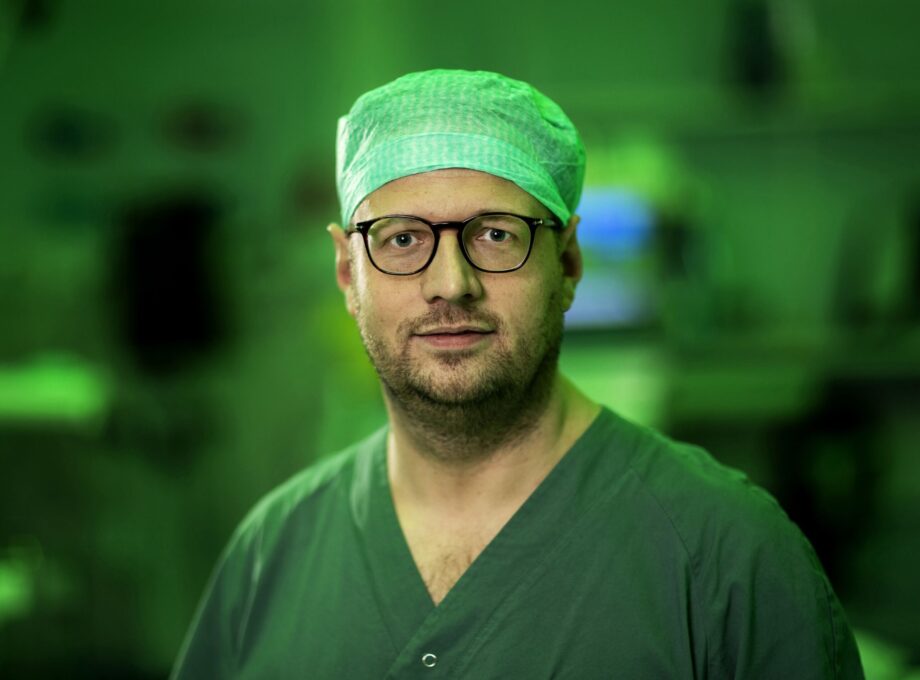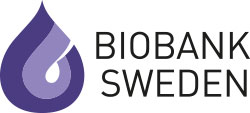
Patient-centered studies for better cancer treatments
Breast cancer and malignant melanoma are among the most common cancers in Sweden. Just over a thousand people die each year from breast cancer, and around 500 from malignant melanoma. Roger Olofsson Bagge can quickly incorporate research results into concrete treatments by conducting his research in close collaboration with healthcare. This collaboration also gives an additional boost to research, in that the treatments immediately form the basis of new research.
Roger Olofsson Bagge researches effective treatments for these two types of cancers. He is also the director of the Breast Center and head of the Department of Breast and Melanoma Surgery at Sahlgrenska University Hospital in Gothenburg.
Helping the immune system kill cancer cells
Roger Olofsson Bagge’s research lies very close to the clinical work.
“Almost all studies we do are based on cancer treatments received by patients. At the moment we do quite a bit of work on malignant melanoma, developing and evaluating various immunological treatments.”
Immunotherapy is a type of treatment that helps or modifies the immune system in order to help it kill cancer cells more efficiently.
“Today, immunotherapy is the standard treatment for malignant melanoma, but for some patients with eye melanoma, for instance, the treatment unfortunately still isn’t efficient.”
Each study leads to immediate benefits to patients
Much of Roger Olofsson Bagge’s work involves conducting series of studies in order to evaluate and improve treatments. The purpose is to act as a bridge between preclinical research and the individual patient.
“Right now, we’re conducting a unique study on eye melanoma. A random sampling of patients had to undergo an operation, and in connection with the operation we also took samples from the tumors. Then we sequenced the tumors to see what they look like genetically. The information from this has led to a recently completed study, where we combined immunotherapy with an epigenetic treatment.”
Epigenetic treatments affect how the information in the genes is converted into the production of various proteins that can affect the process. The lessons learned from this study has brought them to a stage where they are now planning the next study for the same patient group.
– “So, every new study we conduct benefits patients immediately.”
More cost-effective and better quality
The biobanks function a fixed links in this chain and with their help it is easier to conduct studies.
“It’s very cumbersome handling all the tests yourself, so it’s important that there are different types of centralized resources. If you want to do gene sequencing as a researcher, you send your samples to someone who’s specialized in doing that. It’s more cost effective the quality is better. It’s the same thing with the biobanks. They are key in achieving this positive spiral.”
Roger Olofsson Bagge mainly collaborates with Biobank Väst, which is a collaboration between the Västra Götaland heathcare region and the Sahlgrenska Academy at the University of Gothenburg.
A patient’s right to submit samples
He is also involved in developing biobank functionality.
“We are working on linking our Swedish registries to the biobanks more systematically. If we link our medical records to the biobanks, we can do fantastic things. It would be a unique resource.” He would also like to see the giving of samples put into more systematic practice. “When a patient gives a sample, all you should have to do is tick ”biobank” and the sample would automatically go there. Most patients are very interested in providing samples and I see it as a patient’s right to be able to submit samples that can help research forward. We have a responsibility to organize this. It would need to be put into practice throughout all of Sweden.”



